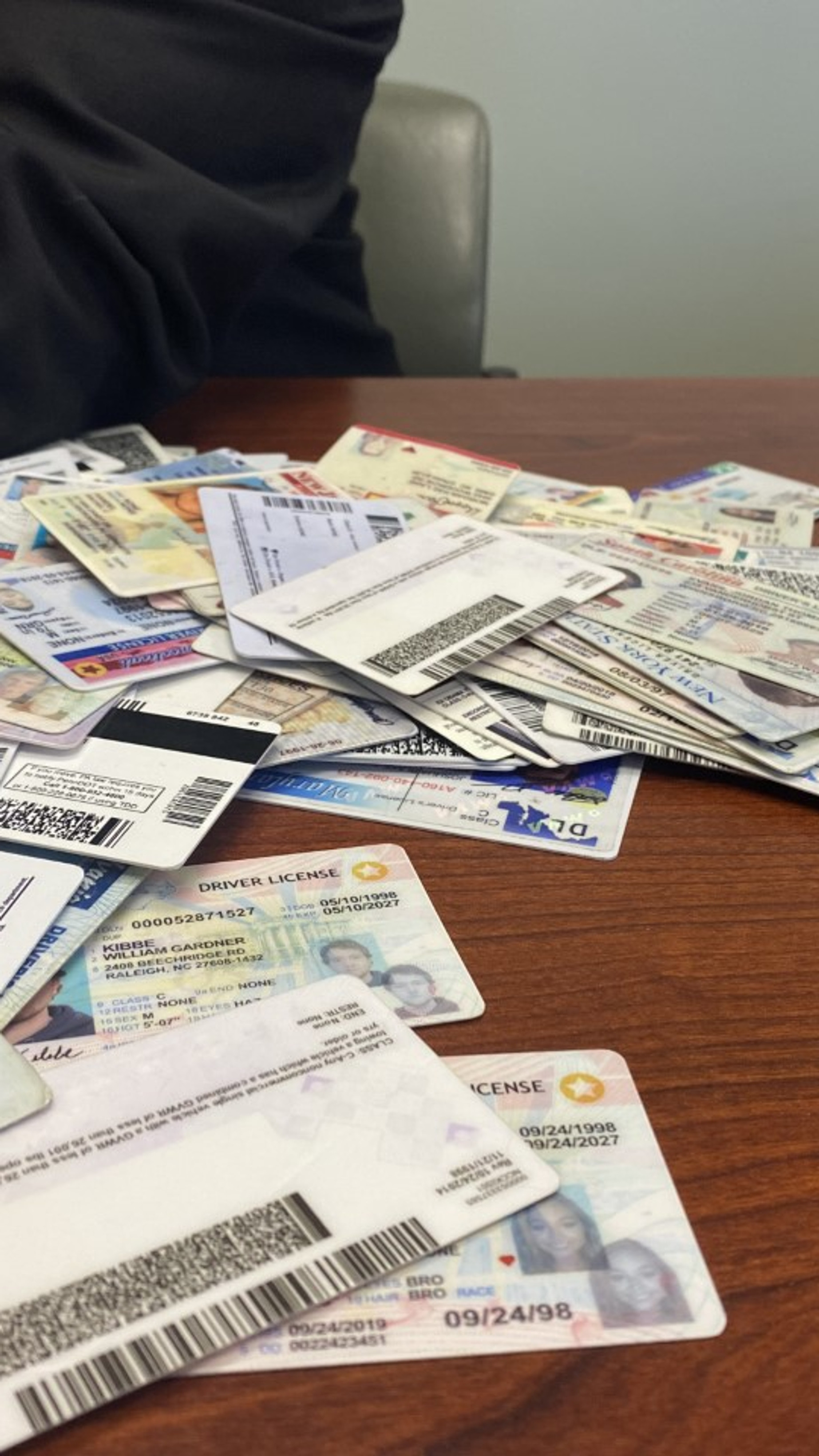fake id frim front and back
Outline
- Introduction
- Brief Overview of Fake IDs
- The Rising Demand for Fake IDs
- What is a Fake ID?
- Definition and Basic Understanding
- Historical Context of Fake IDs
- Reasons for Obtaining a Fake ID
- Underage Drinking
- Access to Restricted Venues
- Identity Theft and Fraud
- How Fake IDs Are Made
- Materials Used in Fake ID Creation
- Technology Involved in Crafting Fake IDs
- Online Marketplaces for Fake IDs
- The Front Side of a Fake ID
- Key Elements on the Front of an ID
- How Counterfeiters Replicate These Elements
- The Back Side of a Fake ID
- Important Features on the Back of an ID
- Techniques Used to Mimic These Features
- Common Fake ID Red Flags
- Visual Cues: Holograms, Watermarks, and Fonts
- Scannable Data and Magnetic Stripes
- Discrepancies in Personal Information
- The Legal Consequences of Using a Fake ID
- Penalties for Possession and Use
- Long-Term Impact on Criminal Record
- Case Studies of Legal Actions
- How to Spot a Fake ID
- Tips for Bouncers and Law Enforcement
- Technology Solutions: ID Scanners and Apps
- Human vs. Machine in Detecting Fake IDs
The Risks Involved in Making or Selling Fake IDs
- Legal Repercussions for Counterfeiters
- The Dark Web and Anonymity
- Cases of Entrapment and Law Enforcement Stings
Ethical Considerations
- The Moral Implications of Fake IDs
- Impact on Society and Business
Fake IDs in Popular Culture
- Movies, TV Shows, and Literature
- The Romanticization of Fake IDs
Preventative Measures
- How Authorities Are Combating Fake IDs
- Innovations in ID Technology
- Public Awareness Campaigns
The Future of Fake IDs
- Emerging Technologies: Biometrics and Blockchain
- Will Fake IDs Become Obsolete?
Conclusion
- Recap of Key Points
- Final Thoughts on the Issue
FAQs
- What is the most common use of a fake ID?
- How can one easily spot a fake ID?
- What are the penalties for using a fake ID?
- How effective are ID scanners in detecting fake IDs?
- Can fake IDs be completely eradicated?
Fake ID from Front and Back
Introduction
Ever wondered why fake IDs are so popular despite the risks? Whether it's for gaining access to places or things they otherwise wouldn't be allowed, the demand for fake IDs is on the rise. But what exactly are fake IDs, and why are they so enticing? In this article, we'll dive deep into the world of fake IDs, exploring how they're made, what they look like from front to back, and the consequences of getting caught with one.
What is a Fake ID?
A fake ID is essentially a counterfeit or forged document that mimics the appearance of a legitimate identification card. These IDs are typically used by individuals under the legal age to access age-restricted services, like buying alcohol or entering clubs. Historically, fake IDs have been around for decades, evolving from simple paper forgeries to highly sophisticated replicas that are difficult to distinguish from the real thing.
Reasons for Obtaining a Fake ID
Why do people risk getting a fake ID? The reasons are varied, but some of the most common include:
Underage Drinking
Many minors use fake IDs to buy alcohol or gain entry into bars and clubs where they are otherwise not allowed. The thrill of breaking the rules, coupled with peer pressure, often drives this behavior.
Access to Restricted Venues
Beyond alcohol, fake IDs can be used to enter other age-restricted venues like casinos, adult stores, and even certain concerts or events.
Identity Theft and Fraud
In some cases, fake IDs are used for more nefarious purposes, such as identity theft or fraud. Criminals may use fake IDs to open bank accounts, commit financial fraud, or evade law enforcement.
How Fake IDs Are Made
The creation of a fake ID is no simple task. It requires specific materials, knowledge, and often access to high-tech equipment. Here's how they're typically made:
Materials Used in Fake ID Creation
Modern fake IDs are often crafted using materials similar to those used in legitimate IDs, such as PVC plastic for durability and transparency film for holographic images.
Technology Involved in Crafting Fake IDs
High-quality fake IDs may involve the use of sophisticated printers, embossing machines, and software that can replicate the intricate details found on government-issued IDs. Counterfeiters may also use Photoshop to manipulate images and personal information to match the buyer's needs.
Online Marketplaces for Fake IDs
The internet, particularly the dark web, has become a hotbed for buying and selling fake IDs. These marketplaces often offer a range of options, from low-quality replicas to near-perfect forgeries, with sellers advertising their products' ability to pass as real.
The Front Side of a Fake ID
The front of an ID is where most of the critical information is displayed, and it's also the part that most people will see first. Here's what it typically includes:
Key Elements on the Front of an ID
A typical ID card will have the holder's photo, full name, date of birth, address, and signature. Additionally, it may feature holograms, barcodes, and other security features designed to prevent counterfeiting.
How Counterfeiters Replicate These Elements
To replicate the front side effectively, counterfeiters must accurately reproduce these features. This includes getting the photo to look right, mimicking the exact font used for the text, and even applying holographic overlays that appear genuine to the naked eye.
The Back Side of a Fake ID
While the front of the ID gets most of the attention, the back is equally important and often more challenging to replicate.
Important Features on the Back of an ID
The back of an ID usually contains a magnetic stripe or barcode that holds scannable data, which can include the holder’s personal information and driving record (in the case of driver’s licenses). Additionally, there might be fine print, state-specific designs, and more holograms.
Techniques Used to Mimic These Features
Replicating the back of an ID is tricky because it involves encoding data that machines can read. Counterfeiters need to ensure that the magnetic stripe or barcode on a fake ID can pass through scanners without raising alarms.
Common Fake ID Red Flags
Despite how sophisticated some fake IDs have become, there are still telltale signs that can give them away.
Visual Cues: Holograms, Watermarks, and Fonts
Holograms and watermarks that don’t shift properly under light, fonts that look slightly off, or misaligned text are all red flags that an ID might be fake.
Scannable Data and Magnetic Stripes
If an ID doesn’t scan properly, or the data retrieved from the scan doesn’t match what's printed on the card, it’s likely a fake.
Discrepancies in Personal Information
Sometimes the simplest things, like a mismatched eye color, incorrect height, or an address that doesn’t exist, can reveal a fake ID.
The Legal Consequences of Using a Fake ID
Using a fake ID isn't just risky; it can lead to severe legal repercussions.
Penalties for Possession and Use
In many places, possessing or using a fake ID is a criminal offense that can lead to fines, community service, and even jail time, especially if the ID is used to commit fraud.
Long-Term Impact on Criminal Record
A conviction for using a fake ID can stay on your record, affecting future job prospects, college admissions, and even your ability to obtain certain licenses.
Case Studies of Legal Actions
There have been numerous high-profile cases where individuals were caught using or selling fake IDs, leading to significant legal consequences, including hefty fines and imprisonment.
How to Spot a Fake ID
Whether you're a bouncer at a bar, a store clerk, or just someone interested in identifying fake IDs, knowing how to spot one is essential.
Tips for Bouncers and Law Enforcement
Check the ID under a UV light to see if the holograms and watermarks react as they should. Compare the person in front of you with the photo on the ID, and ask questions that only the real cardholder would know.
Technology Solutions: ID Scanners and Apps
There are now apps and scanners specifically designed to detect fake IDs by reading the barcode or magnetic stripe and cross-referencing the data.
Human vs. Machine in Detecting Fake IDs
While machines are good at catching technical flaws, humans are better at noticing inconsistencies in behavior or appearance. A combination of both is most effective.
The Risks Involved in Making or Selling Fake IDs
Counterfeiting IDs is a serious crime, and the risks for those involved are substantial.
Legal Repercussions for Counterfeiters
Creating or selling fake IDs can result in federal charges, which carry harsher penalties than just using one. This includes long prison sentences and significant fines.
The Dark Web and Anonymity
While the dark web offers some anonymity, law enforcement agencies are increasingly adept at tracking down sellers and buyers of fake IDs through sophisticated cybercrime units.
Cases of Entrapment and Law Enforcement Stings
There have been cases where law enforcement has set up fake online shops to catch individuals purchasing fake IDs, leading to mass arrests and prosecutions.
Ethical Considerations
Beyond the legal risks, there are ethical implications to consider when it comes to fake IDs.
The Moral Implications of Fake IDs
Using a fake ID might seem like a victimless crime, but it contributes to larger issues, like identity theft and underage drinking, which have significant social costs.
Impact on Society and Business
Businesses can face fines or lose their licenses if caught serving minors with fake IDs, and society bears the cost of increased law enforcement and legal proceedings.
Fake IDs in Popular Culture
Fake IDs have long been a staple in movies, TV shows, and literature.
Movies, TV Shows, and Literature
From the iconic fake ID scenes in "Superbad" to mentions in novels and songs, fake IDs have been romanticized and sometimes trivialized in popular culture.
The Romanticization of Fake IDs
Pop culture often portrays the use of fake IDs as a harmless rite of passage, ignoring the real-world consequences and risks involved.
Preventative Measures
Authorities and businesses aren't just sitting back—they're actively fighting against the use of fake IDs.
How Authorities Are Combating Fake IDs
Increased penalties, improved ID technology, and public awareness campaigns are all part of the strategy to reduce the prevalence of fake IDs.
Innovations in ID Technology
New IDs are incorporating advanced features like biometric data and blockchain verification to make them harder to counterfeit.
Public Awareness Campaigns
Education campaigns aimed at young people highlight the risks and consequences of using fake IDs, aiming to deter their use before it starts.
The Future of Fake IDs
As technology evolves, so too will the methods used to create and detect fake IDs.
Emerging Technologies: Biometrics and Blockchain
Biometric data, such as fingerprints or retinal scans, could be the next step in ID security, making it nearly impossible to create a fake.
Will Fake IDs Become Obsolete?
With the rise of digital identification and blockchain technology, the traditional fake ID may eventually become a thing of the past, though new forms of fraud will likely emerge.
Conclusion
Fake IDs are more than just a tool for underage drinking—they’re part of a complex and often illegal industry with serious consequences. While they may seem harmless, the reality is far from it, with risks ranging from legal trouble to ethical dilemmas. As technology continues to advance, the fight against fake IDs will evolve, but so will the methods used by counterfeiters.
FAQs
1. What is the most common use of a fake ID? The most common use of a fake ID is for underage individuals to purchase alcohol or gain access to age-restricted venues like bars and clubs.
2. How can one easily spot a fake ID? Look for visual discrepancies, such as incorrect holograms, mismatched fonts, or irregularities in the card’s material. Additionally, use an ID scanner to check if the card's data matches the printed information.
3. What are the penalties for using a fake ID? Penalties vary by region but can include fines, community service, a criminal record, and even jail time, depending on the severity of the offense.
4. How effective are ID scanners in detecting fake IDs? ID scanners are quite effective in detecting fake IDs, especially those that cannot replicate the magnetic stripe or barcode data. However, some high-quality fakes can still bypass these scanners.
5. Can fake IDs be completely eradicated? While advances in technology are making it harder to produce fake IDs, it's unlikely they will be completely eradicated as counterfeiters continuously adapt to new security measures.
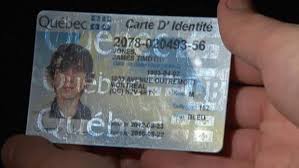 IndianaFake ID
IndianaFake ID
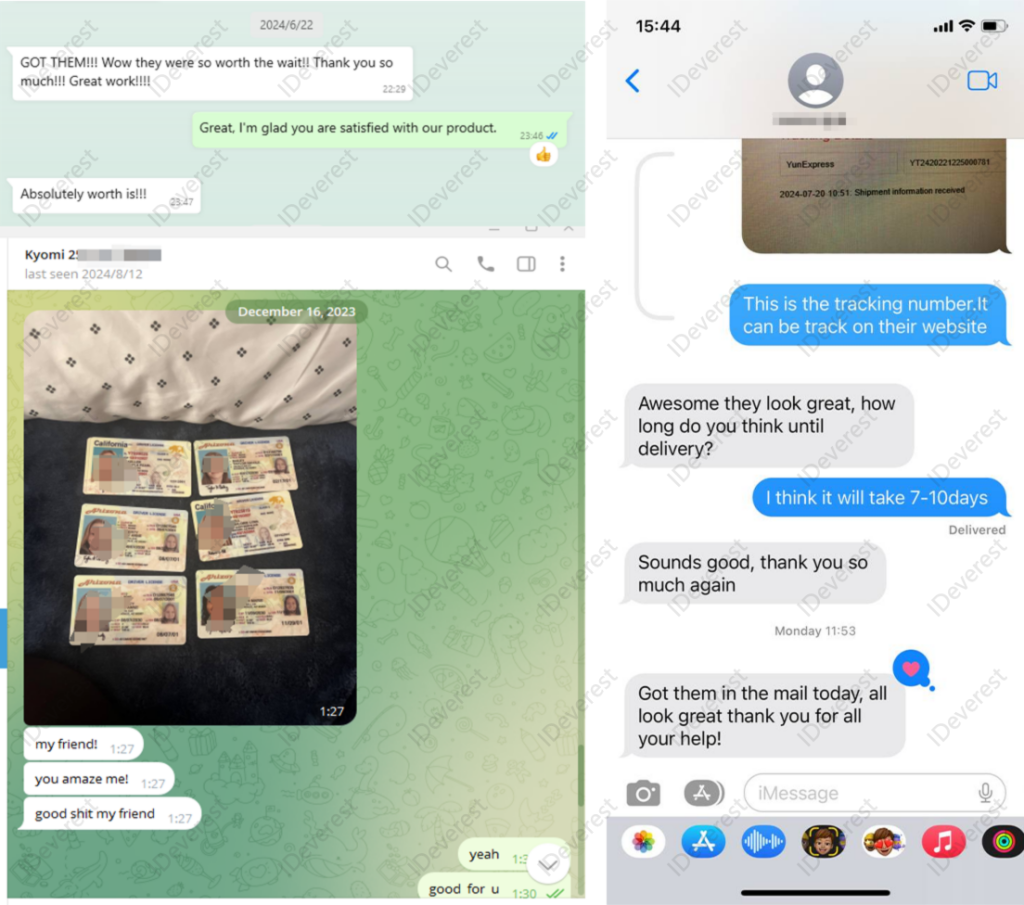 MassachusettsFake ID
MassachusettsFake ID
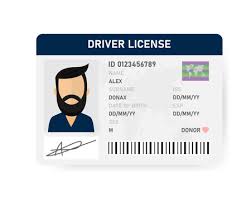 MichiganFake ID
MichiganFake ID
 New JerseyFake ID
New JerseyFake ID
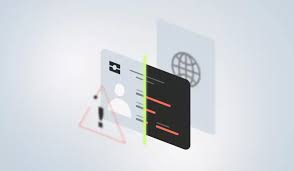 MarylandFake ID
MarylandFake ID
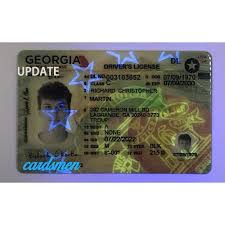 AlabamaFake ID
AlabamaFake ID
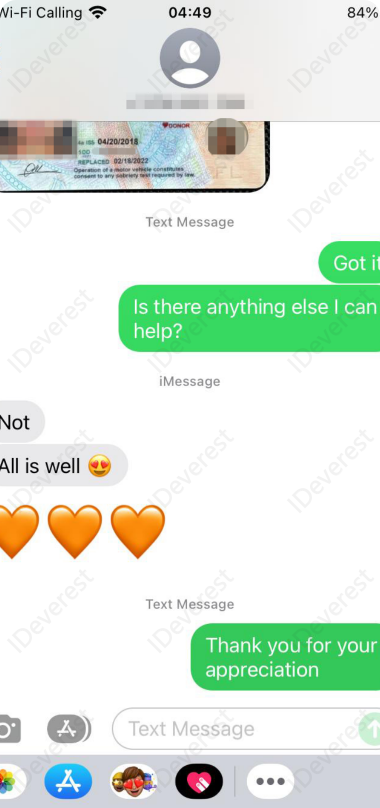 DelawareFake ID
DelawareFake ID
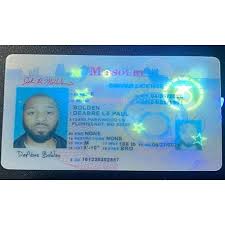 ConnecticutFake ID
ConnecticutFake ID

